Laser material processing is a modern and efficient technology that is revolutionizing most industrial processes. Lasers are bringing a revolution to industry that emphasizes precision, speed and versatility in workflows. Laser technology is becoming an essential tool that is opening up new possibilities in design, manufacturing and development.
Laser processing allows for extreme precision and finesse in the processing of materials. The laser beam is able to work with microscopic precision, which is particularly crucial in industries where precision and minimal variation are highly demanded.
Laser technology is capable of processing a wide range of materials, including metals, plastics, wood, glass and ceramics. This versatility allows for the flexible use of lasers in a variety of industries, from automotive to electronics manufacturing.
Laser processing minimizes material loss by focusing directly on the areas in need of finishing. This leads to a more efficient use of raw materials and reduces production costs.
Laser systems are able to perform processing very quickly, increasing the overall efficiency of production processes. This speed is crucial in modern industry where it is important to achieve high production in a short time.
Compared to traditional processing methods such as cutting, drilling, welding or milling, laser processing minimises mechanical and thermal stresses on the material. This can be essential for sensitive materials that could be damaged by traditional processes.
Laser systems can be integrated into fully automated production lines. The high degree of process repeatability without the influence of tool wear allows for maximized efficiency and minimized human intervention, which reduces errors and increases production consistency.
Laser processing finds applications in many industries, including metal fabrication, medical instrument manufacturing, electronics, automotive and e-mobility, textiles, plastics and glass processing, jewellery manufacturing and many others. This is a testament to its versatile capabilities.
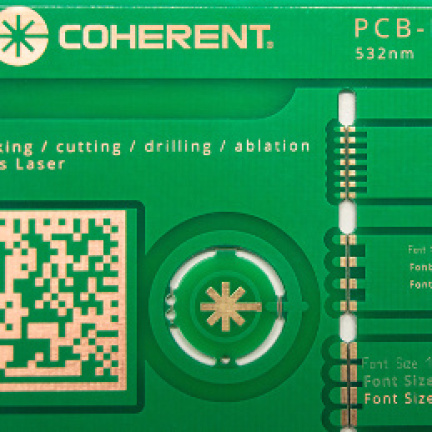
Lasers are essential in the electronics and semiconductor industries for many processes, including cutting, welding, engraving, drilling, ablation, deposition and lithography. Their use offers many advantages over traditional electronics and semiconductor processing methods. Lasers can produce precise and clean cuts, solid welds of even small parts without thermal impact or precise markings even on fragile surfaces. Laser drilling, ablation and lithography are used to create micro-channels, micro-holes, micro-notches and micro-structures for the integration of semiconductor manufacturing.
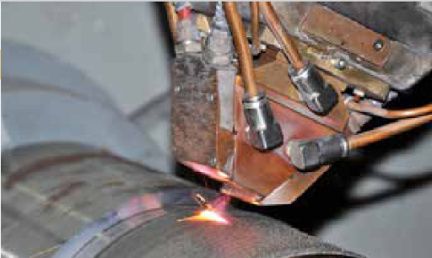
Cladding and plating are widely used processes to improve the surface and properties of a component or to restore the surface of parts that have worn away with use. Cladding involves creating a new surface layer on a base material. This differs from surface hardening, which involves only changing the properties of the substrate itself in a thin surface layer.
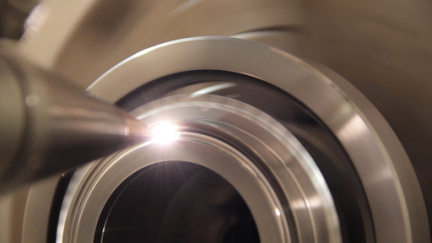
Laser welding is a fast and economical way of welding many types of materials. Using a laser, a precise and strong weld can be achieved with minimal influence on the surrounding material (HAZ). As a result, fragile and small parts that would be very difficult to weld using traditional methods can also be welded with lasers. The use of laser for welding enables high repeatability of the work process and reduces the cost and time of subsequent weld cleaning and spatter removal operations.
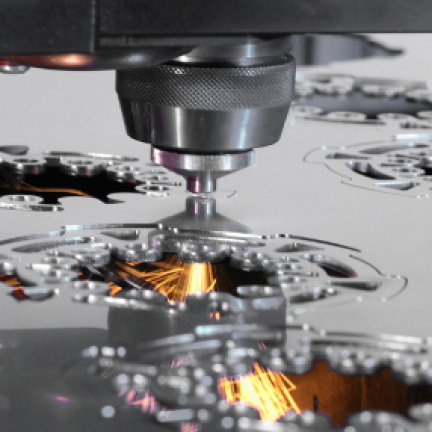
Lasers are now an important part of metal fabrication and the entire manufacturing industry. The use of lasers brings many advantages over traditional methods in the processing of most commonly used materials whether it is cutting, grinding, welding, marking, engraving, cleaning or drilling. Laser technologies also enable the production of complex geometries and shapes of parts that would otherwise be very difficult or impossible to produce using traditional methods. Laser technologies are now essential for many industries, including automotive, aerospace and aerospace, where high demands are placed on precision, repeatability and quality of production.

The precision, flexibility and creativity they allow make lasers increasingly popular with jewellery makers and designers. Laser cutting and engraving allows the creation of highly detailed and precise jewellery and watches, while laser welding allows the creation of strong and secure joints between different materials. The use of lasers reduces costs and increases the efficiency of the jewellery and watch manufacturing and repair process. Non-contact handling allows working with fragile materials without the risk of damaging them.
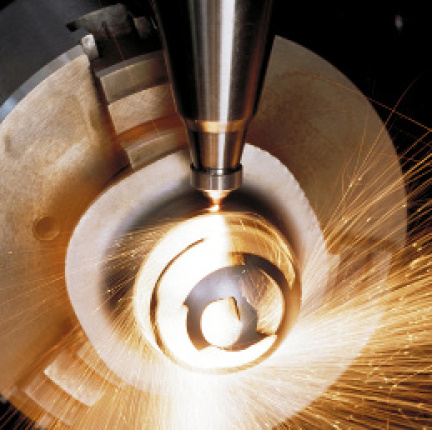
Laser technology is increasingly used in medical manufacturing due to its many advantages. Laser cutting and engraving enables the production of highly precise and detailed medical instruments, implants and prostheses. Laser welding enables the creation of safe, sterile and strong joints between different materials. Laser marking and engraving then enables fast and efficient identification of medical devices and medical equipment.
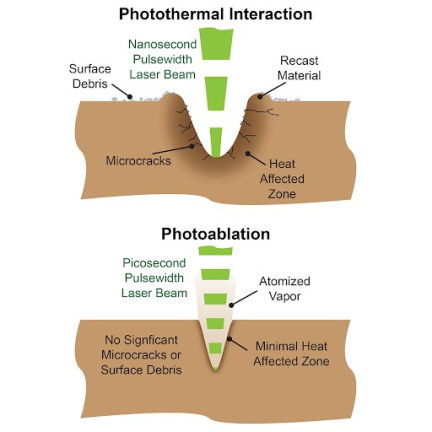
Laser ablation is a process that uses a laser to remove materials from the surface or interior of objects. This process uses short and intense pulses of laser light that cause the material to break down into microscopic particles, which are then removed from the surface. Due to its speed, precision and gentleness to the surrounding material, laser ablation is becoming an increasingly popular method as it allows for improved quality and efficiency in materials processing.
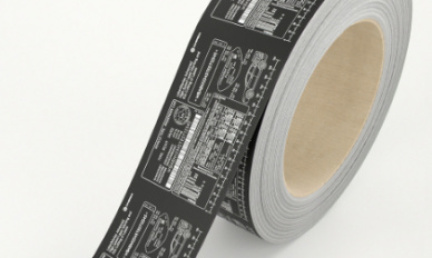
Laser marking is one of the most common uses of lasers in industry, manufacturing and logistics. Lasers are used for fast and durable marking of products, packaging and individual parts. A properly selected laser can create a permanent mark on most materials that does not lose its legibility over time. The great advantage of laser marking is its variability - each product can be marked with a unique code that allows its further tracking in production and distribution. In addition to letters, numbers and 2D/3D codes, the laser can also be used to create graphic logos and graphic marks on products, which is used for example to create labels, descriptions of controls, etc.

Laser processing of plastics is suitable not only for cutting, but also for welding, marking, grooving or thickening plastics. The advantage of laser processing is the software control, which allows you to easily and quickly change the shapes of the cut-outs and welds, the content of the laser marks and to change the surface texture and engraved patterns. With the right laser, you get not only high speed and precision, but also excellent work quality
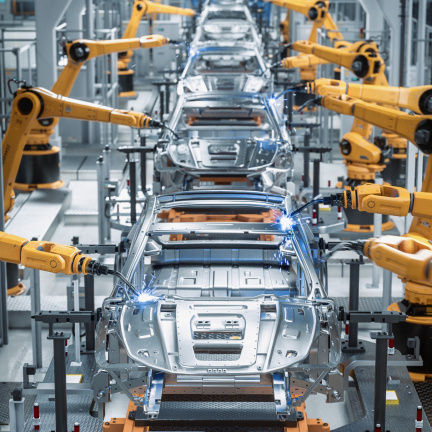
Welding lasers in the automotive industry offer precise and fast welding of metallic materials with minimal heat influence. The advantage of lasers is the ability to weld dissimilar materials or materials otherwise difficult to weld, such as copper and aluminium or thin foils. In addition to metals, lasers can also be used to weld plastics and other manufacturing processes.
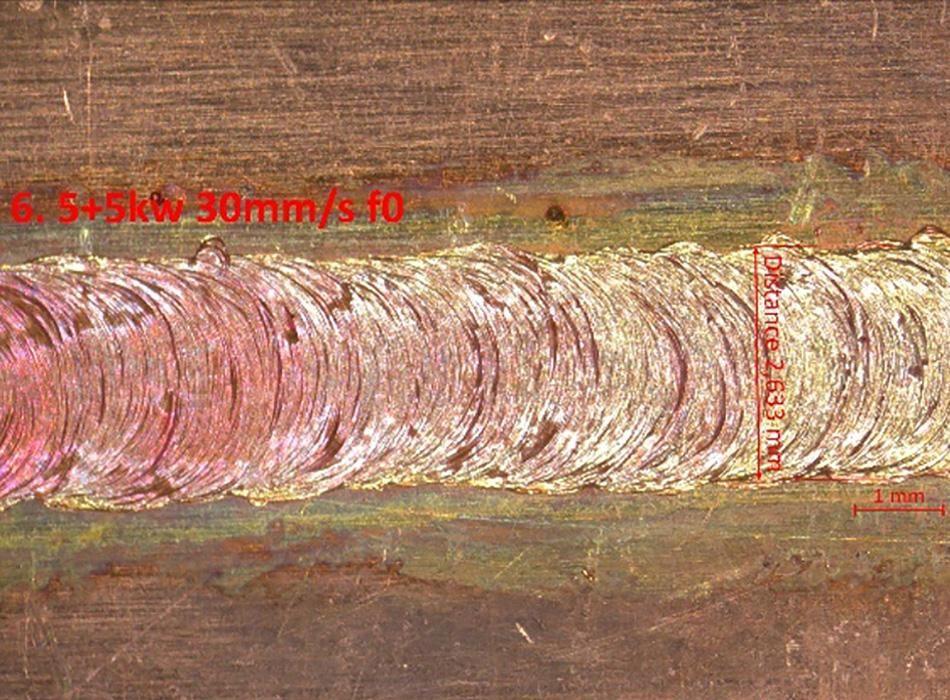
Copper plays a vital role in the automotive industry, whether the fuel source is gasoline, diesel, electricity, fuel cells or LNG. Demand for copper in vehicles is expected to grow from 3 million tons (MT) in 2023 to 5 MT by 2034. The real driver here is the significant increase in the use of copper for electric vehicle (EV) components as a result of the longer range that consumers demand from EVs, with battery pack capacity increasing at a rate of ~10% per year.
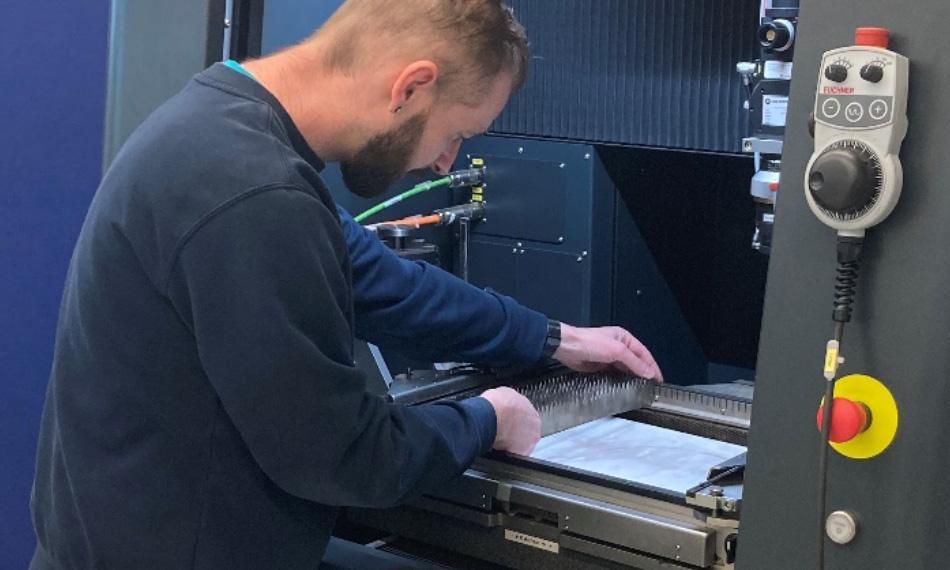
Platinum is a fascinating metal – as rare as gold, but with a much higher melting point, making it the ideal choice for processes requiring extreme temperatures. Thanks to modern fiber lasers, cutting platinum is now efficient, with almost 100% material utilization.
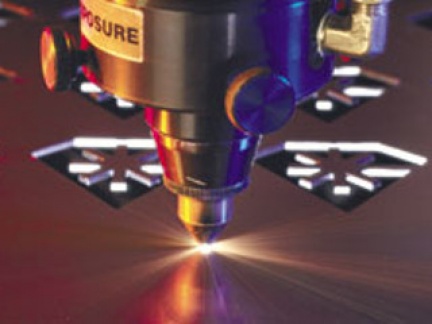
Laser drilling and cutting are essential for many industrial applications, including electronics manufacturing, medical instruments, microfluidic devices and many others. Compared to traditional methods, laser drilling allows you to create very small holes and channels in materials that are too hard or brittle for traditional processing. In addition, laser drilling provides high accuracy and repeatability without the need for tool changes and tool grinding, which increases productivity and reduces costs.